The landscape of online learning is continually changing, making it crucial to understand how different learning theories influence your educational experience.
Behaviorism focuses on the role of feedback in reinforcing progress, encouraging learners to stay motivated.
Constructivism emphasizes active involvement in collaborative tasks, fostering deeper understanding through interaction.
Social learning theory highlights the importance of peer engagement, allowing learners to gain insights from one another.
Examining these theories can help you identify strategies to enhance your effectiveness in the digital learning environment.
Understanding these concepts is vital for optimizing your approach to online education and achieving your learning goals.
Behaviorism in Online Learning
Behaviorism significantly influences online learning by focusing on observable actions and the impact of external factors on student motivation. In an online course, you can see how reinforcement techniques encourage participation. Positive feedback, rewards, and recognition can enhance your commitment to learning. These methods foster a sense of community, prompting you to engage more actively in discussions and assignments.
Another key element of behaviorism in your online education is behavior modification. Instructors can implement targeted strategies to encourage desirable behaviors, such as timely assignment completion and peer interactions. For example, consistently submitting your work may earn you points or badges, creating a feeling of accomplishment and connection within the course community.
This approach highlights not only your actions but also how external influences shape them. As you progress in your studies, you may feel valued and supported, making the online learning experience more enriching.
Embracing these behaviorist principles can help you develop skills and cultivate relationships with other learners, enhancing your overall educational journey.
Constructivism and Digital Environments
Constructivism in digital environments reshapes how individuals approach learning by focusing on personal experience and active participation. In these online settings, learners are encouraged to construct their own understanding through exploration and collaboration. This method facilitates connections with peers, allowing for the exchange of insights and knowledge that enhance the educational experience.
Digital interaction is crucial in constructivist learning. Engaging in discussions, collaborating on group projects, or participating in peer reviews cultivates a dynamic learning community. Individuals can pose questions, share their ideas, and receive constructive feedback, which aids in refining their thoughts. This collaborative atmosphere fosters a sense of belonging where every contribution is appreciated.
The experiences you encounter in these digital spaces significantly influence your learning. Interacting with diverse viewpoints broadens your understanding and promotes critical thinking. You actively build your knowledge rather than passively receiving information.
For instance, participating in online forums or using collaborative tools like Google Docs or Padlet can enhance this process, encouraging deeper engagement with the material and your peers.
Social Learning Theory Online
Social Learning Theory focuses on learning through observing and imitating others, which is particularly relevant in online settings. This approach emphasizes the value of social interactions and connections to enhance the learning experience. Here are some essential elements to consider:
- Peer Interactions: Engaging with classmates encourages the exchange of ideas and broadens understanding through various viewpoints.
- Online Mentorship: Building relationships with mentors offers guidance, inspiration, and constructive feedback that can significantly influence your progress.
- Collaborative Projects: Teamwork in group assignments cultivates a sense of community and develops essential collaborative skills.
- Digital Storytelling: Sharing personal narratives fosters emotional connections, leading to deeper insights and comprehension.
In online education, establishing a sense of social presence is crucial. Participation in group activities fosters interactions that enhance community engagement.
Utilizing feedback systems allows for skill refinement while benefiting from collective learning experiences. Contributing actively to virtual communities not only deepens your knowledge but also aids your peers in their educational paths.
Embracing this collaborative mindset enriches the online learning experience, making it as valuable and fulfilling as traditional classroom settings.
Cognitive Load Theory Applications
Cognitive Load Theory focuses on how to enhance learning by managing the amount of information presented to learners. In online education, it’s crucial to avoid overwhelming students with excessive information. Effective strategies include breaking down complex materials into manageable parts and utilizing multimedia resources that support learning rather than complicate it. These methods not only promote better understanding but also boost engagement and retention of knowledge.
Scaffolding learning materials involves structuring content so that learners can build on their existing knowledge progressively. For example, starting with foundational concepts before introducing more complex ideas can facilitate a smoother learning curve.
Utilizing multimedia, such as videos and interactive elements, can help clarify difficult topics and cater to different learning styles, enhancing overall comprehension.
Optimizing these strategies is important because they directly influence how learners process information. When information is presented in a clear and organized manner, students are more likely to stay engaged and retain what they learn.
Employing tools like infographic creators or video editing software can also enrich the learning experience, making complex information easier to understand and remember.
Managing Information Overload
In today’s digital landscape, managing information overload is crucial for successful online learning. With an abundance of content available, it can be easy to feel inundated. However, there are effective strategies that can help streamline your focus and enhance your educational experience. Here are four essential tactics to consider:
- Information Filtering: Identify and sift through content that aligns with your learning objectives, allowing you to hone in on what truly matters.
- Knowledge Curation: Gather and categorize valuable resources to create a personalized library of insights, making it easier to access important information when needed.
- Content Prioritization: Assess and rank materials based on their relevance and importance to your learning path, ensuring you concentrate on the most impactful resources.
- Distraction Reduction: Establish designated study periods to minimize interruptions, fostering a more conducive environment for learning.
Implementing attention management techniques can significantly enhance your focus. Consider taking a break from digital devices to clear your mind and alleviate distractions.
Utilize data visualization tools like Microsoft Power BI or Tableau to simplify complex information, which aids in comprehension and retention. Moreover, organize your educational materials logically to create a more efficient study space.
These strategies not only empower you to take charge of your learning journey but also cultivate a sense of community within your educational pursuits. Embracing these methods can transform the challenge of managing information overload into a rewarding experience.
Scaffolding Learning Materials
Navigating the challenges of online learning requires more than simply sorting through information; it involves effectively organizing your materials. Implementing scaffolded support fosters an environment that empowers learners to take ownership of their education. This method introduces concepts progressively, ensuring alignment with course objectives.
To design your materials effectively, consider this framework:
| Element | Description |
|---|---|
| Instructional Design | Develop clear and organized pathways for learners. |
| Adaptive Learning | Customize experiences to meet individual needs. |
| Feedback Loops | Offer timely and constructive feedback. |
Incorporating technology enhances resource availability and increases learner engagement. Designing courses with these principles cultivates a deeper understanding of the content. This approach creates adaptive learning experiences where every learner feels supported and appreciated, allowing students to advance at their own pace while receiving essential guidance. Ultimately, focusing on effective scaffolding empowers learners to take control of their educational journey.
Optimizing Multimedia Resources
Multimedia resources significantly enhance online learning experiences, particularly when aligned with Cognitive Load Theory. Understanding how to effectively optimize these resources is crucial for developing a more engaging and impactful educational environment.
Here are four essential strategies to consider:
- Visual Storytelling: Narratives combined with visuals not only capture attention but also aid in information retention, making learning more memorable.
- Audio Visual Integration: Merging audio and video caters to various learning preferences, thereby enhancing comprehension and making content more accessible to diverse learners.
- Interactive Content: Integrating quizzes and simulations fosters active participation, encouraging learners to take ownership of their educational journey and apply what they’ve learned.
- Accessibility Features: Ensuring that materials are accessible to all learners promotes inclusivity, allowing everyone to participate effectively in the learning process.
Implementing these strategies will create a richer, more effective learning experience.
Connectivism in Virtual Classrooms
Connectivism in virtual classrooms highlights the vital role of networks in the learning process. This approach recognizes that learning isn’t just an individual endeavor but a collective journey enhanced through interaction with peers.
Collaborating with others enables deeper comprehension and improves knowledge retention. Engaging with diverse sources and individuals allows learners to embrace the core principles of connectivism effectively.
Understanding these principles is crucial, as they foster a more dynamic and interconnected educational experience that prepares learners for the complexities of the modern world.
Key Principles of Connectivism
Understanding the fundamental principles of connectivism is crucial for enhancing your online learning experience. This educational theory emphasizes the interconnectedness of knowledge, technology, and social interactions. Here are four key concepts to consider:
- Digital Literacy: Developing the skills to effectively use technology will significantly enrich your learning journey.
- Knowledge Networks: Interacting with a variety of perspectives expands your understanding and encourages collaboration.
- Adaptive Learning: Tailoring your educational path to fit your unique needs allows you to excel in an ever-changing environment.
- Peer-to-Peer Learning: Working alongside peers fosters a sense of community and aids in the collective construction of knowledge.
Connectivism highlights the significance of learning ecosystems where technology integration is vital. Utilizing open educational resources provides access to a vast array of information customizable to your interests.
Real-time feedback and data-driven insights enable you to track your progress and refine your strategies. Engaging with the online community offers essential support and connections that enhance your learning experience.
Embracing these principles not only boosts your digital literacy but also contributes to a dynamic educational network that benefits all participants.
Role of Networks
Networks are essential in virtual classrooms, significantly impacting how individuals access information and engage with peers. They create a dynamic learning environment where every interaction fosters personal and academic growth. In today’s digital landscape, collaborative and social networks are crucial as they establish vibrant online communities that enhance participation and learning.
| Aspect | Description |
|---|---|
| Network Dynamics | Exploring how connections develop and affect the learning process. |
| Collaborative Networks | Groups that unite to enhance knowledge and skill acquisition. |
| Peer Interactions | The importance of exchanging experiences and insights among learners. |
| Connectivity Challenges | Addressing obstacles that hinder effective communication and teamwork. |
| Professional Networks | Cultivating relationships that aid in career advancement. |
Understanding these aspects is vital for maximizing the benefits of virtual education. Active engagement in networks can lead to better learning outcomes and professional growth.
Learning Through Collaboration
Collaborative learning is particularly effective in virtual classrooms, where sharing ideas and resources is seamless. Engaging with classmates not only fosters a sense of belonging but also deepens understanding of the material.
Here are four essential elements of learning through collaboration:
- Peer Feedback: Constructive criticism from classmates enhances the learning experience and encourages growth.
- Collaborative Projects: Working together on assignments cultivates teamwork skills and strengthens interpersonal relationships.
- Group Dynamics: Grasping the nuances of group interactions allows individuals to appreciate diverse viewpoints, which enhances overall collaboration.
- Online Discussions: Engaging in discussions provides opportunities for asynchronous interactions, enriching insights and perspectives.
In virtual settings, synchronous collaboration occurs during live sessions, while asynchronous interactions take place through forums and shared resources. This combination promotes co-creation, allowing individuals to participate actively.
Engaging in online discussions not only exposes you to various viewpoints but also sharpens critical thinking skills.
Embracing collaborative learning in virtual classrooms builds a supportive community that nurtures personal and academic growth. Teamwork abilities improve, understanding deepens, and connections with peers become more meaningful.
Take advantage of these opportunities to enrich your learning experience.
Adult Learning Principles Online
Adult learning principles focus on how adults acquire and apply knowledge in practical ways that enhance their lives and careers. Self-directed learning is a cornerstone of this approach, allowing individuals to take control of their own educational paths. Engaging in experiential learning strengthens the link between theoretical concepts and real-world application, thus deepening understanding through tangible experiences.
Transformative learning is significant for personal development, as it encourages reflection on past experiences and the reevaluation of one’s beliefs and perspectives. To maintain engagement, motivation strategies tailored to individual learning preferences are crucial. Online assessments serve as tools to monitor progress, while feedback supports ongoing improvement.
Collaborative learning is fostered through peer assessment, which promotes a sense of community and shared experiences. This interaction enhances relationships and boosts digital literacy skills. Effective instructional design aligns with these principles, ensuring that course content is relevant and resonates with learners.
As you navigate the landscape of adult learning principles online, remember that this journey is about making connections, actively engaging with materials, and fostering personal growth. You aren’t merely a participant; you’re part of a collective effort aimed at advancing knowledge and self-development.
Gamification and Engagement Strategies
Gamification is a powerful tool that can significantly enhance engagement in online learning environments. When you incorporate game-like features, it fosters a sense of community and excitement among learners.
Here are four effective strategies to consider:
- Reward Systems: Introduce points or tokens that learners can accumulate through active participation. This not only motivates them but also creates a tangible sense of achievement.
- Competition Elements: Create a friendly competitive atmosphere with leaderboards. This encourages learners to strive for improvement as they see their progress compared to their peers.
- Progress Tracking: Enable learners to visualize their educational journey. This can be done through progress bars or milestones, making their achievements feel concrete and rewarding.
- Achievement Badges: Acknowledge significant milestones with digital badges that learners can display. This recognition serves as both motivation and a way to celebrate their successes.
Incorporating immersive experiences, such as interactive quizzes and engaging narratives, can make learning more relatable and enjoyable.
Timely feedback is essential, as it provides learners with the support they need throughout their educational journey.
Encouraging social interactions via collaborative projects or user-generated content fosters deeper connections among peers, creating a vibrant community.
Implementing these strategies transforms learning into an engaging adventure, cultivating an environment where everyone can thrive.
Embrace gamification to elevate your online learning experience.
Conclusion
Online learning encompasses various educational theories that enhance the learning experience. The integration of behaviorism, constructivism, and other theories enriches the process, allowing learners to engage with knowledge in a dynamic manner. Each theory contributes unique perspectives, adding complexity and depth to the educational journey. Understanding these theories is crucial, as they not only shape how information is presented but also influence how students interact with and internalize that information. Engaging with these concepts promotes curiosity and fosters a commitment to lifelong learning. Embracing the diversity of learning theories can transform the online educational landscape into an exciting and enriching adventure.


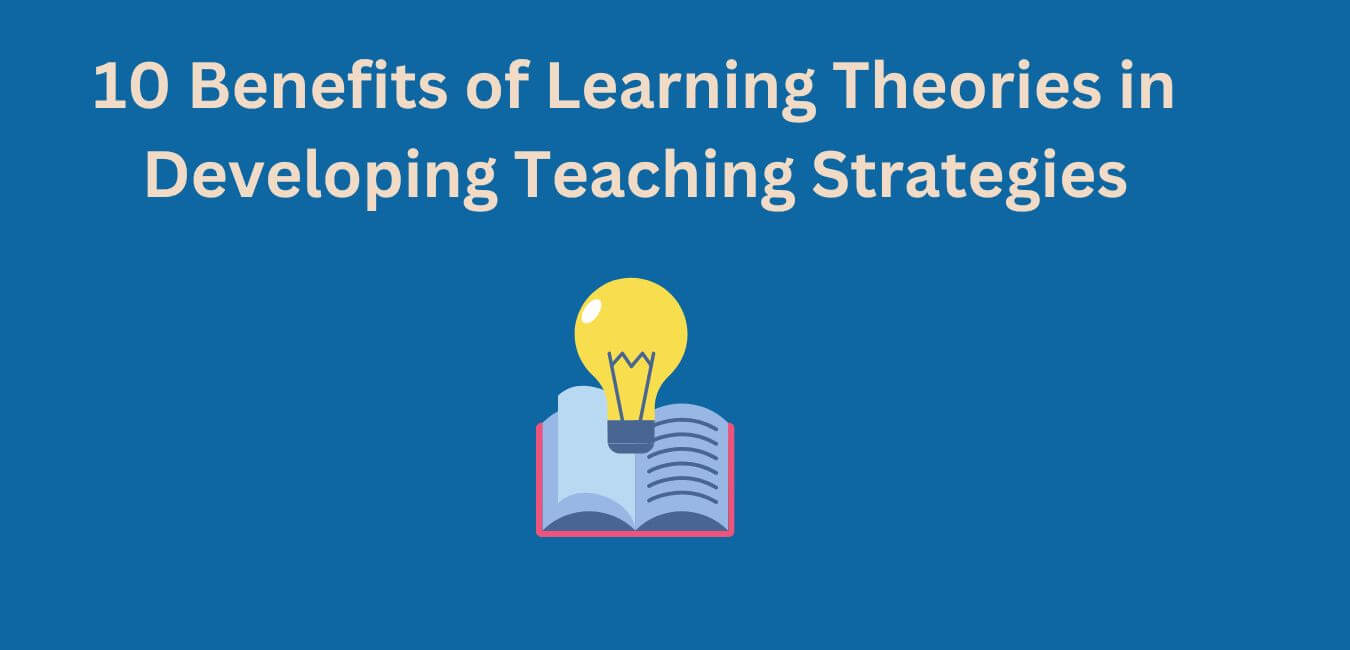
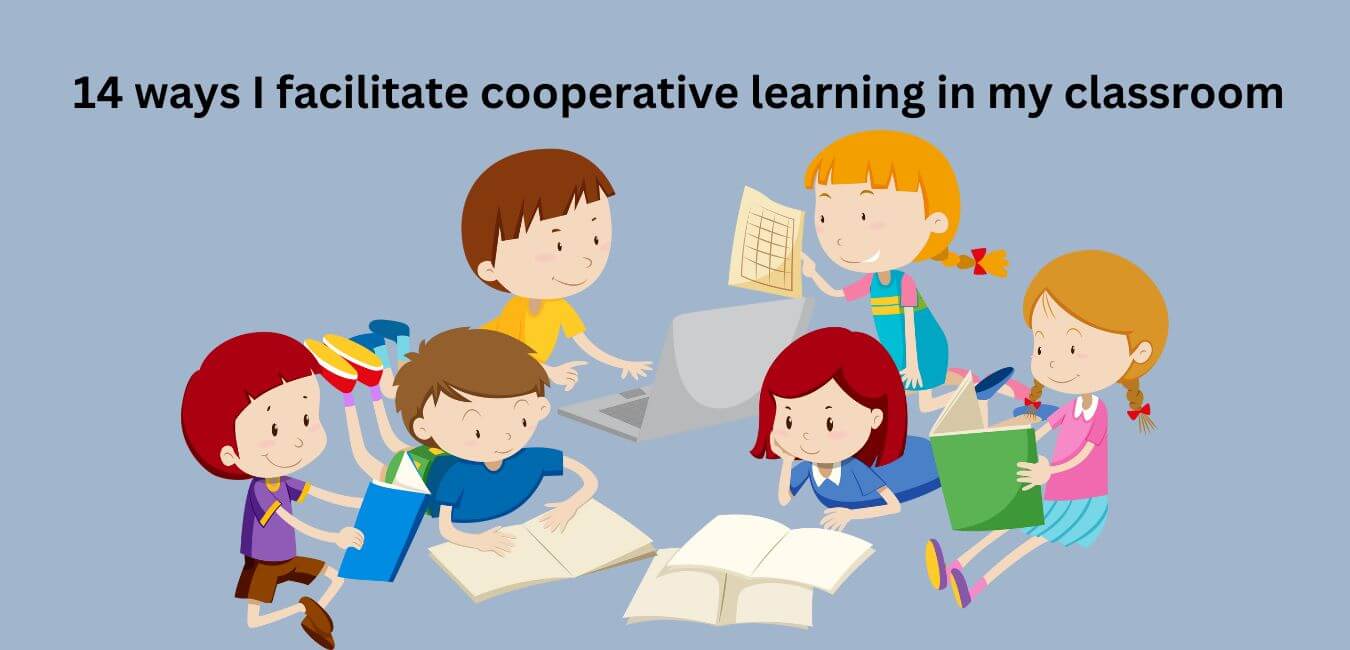

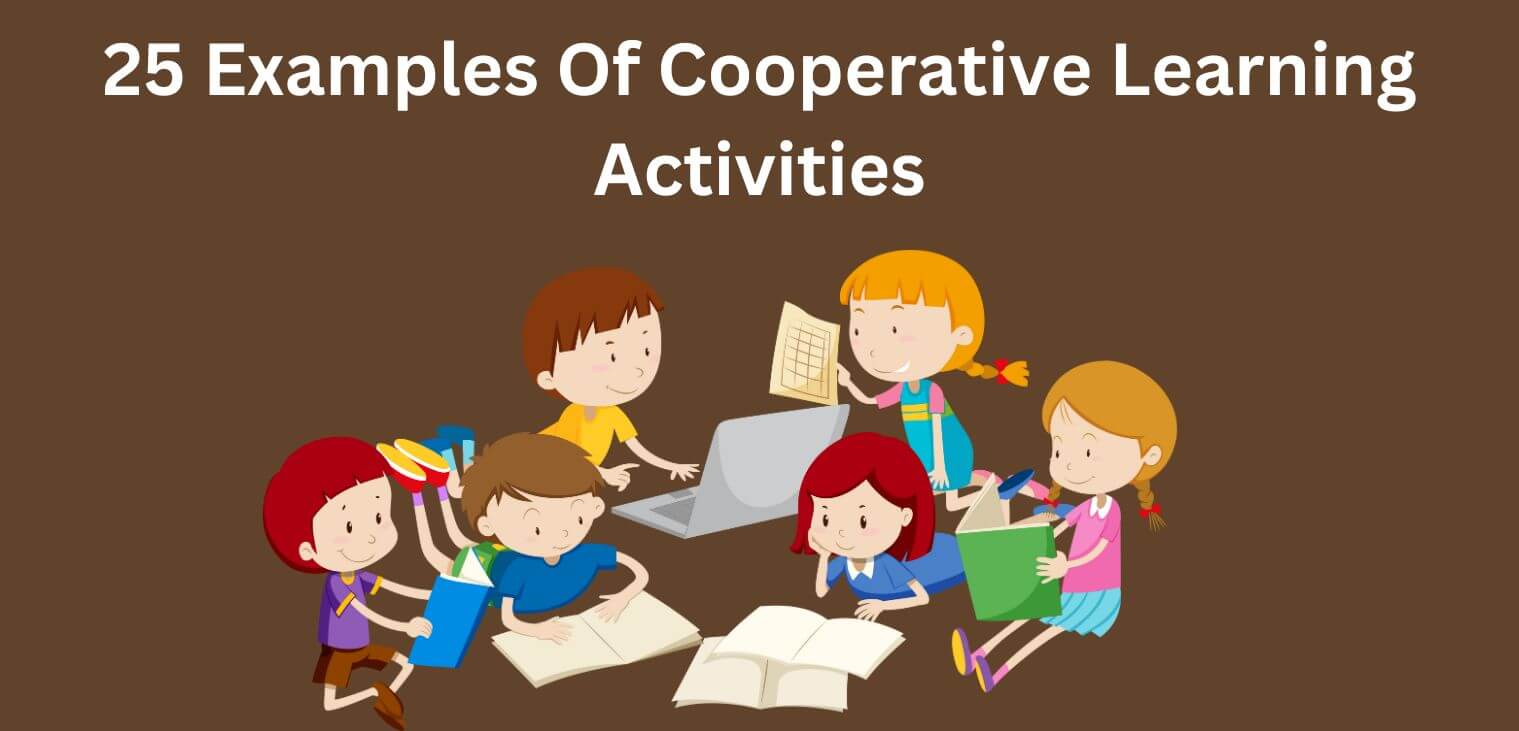
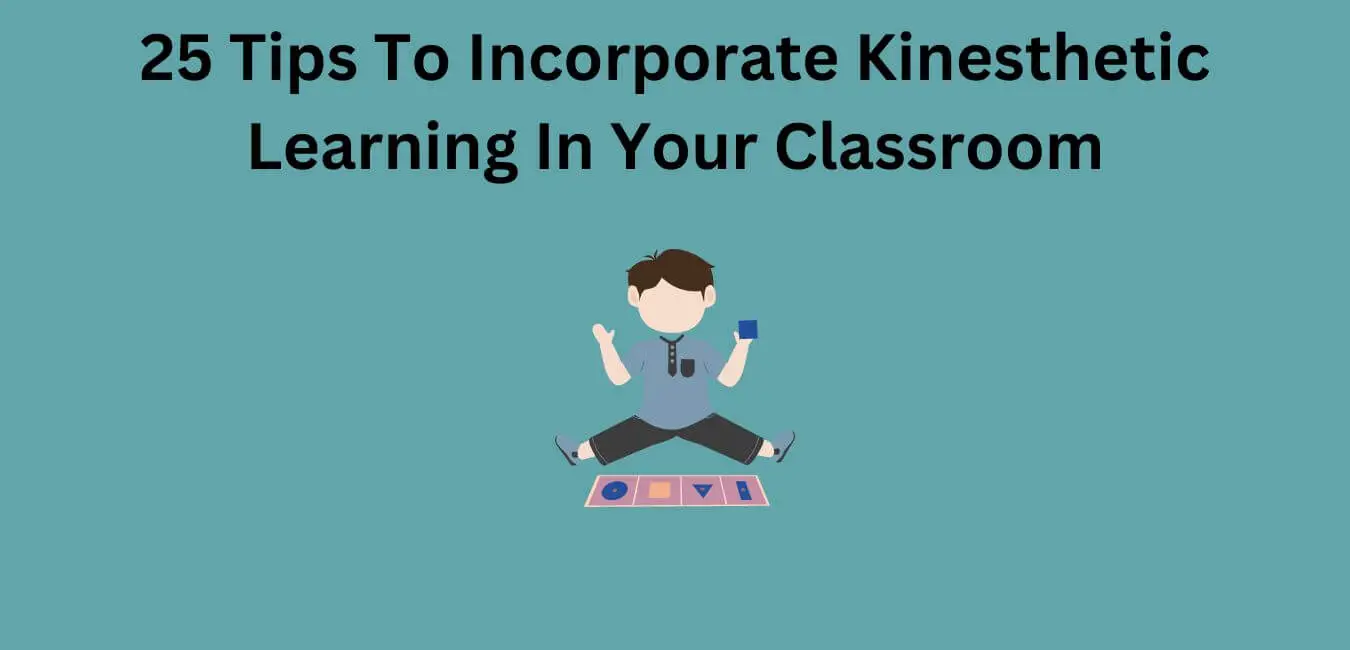
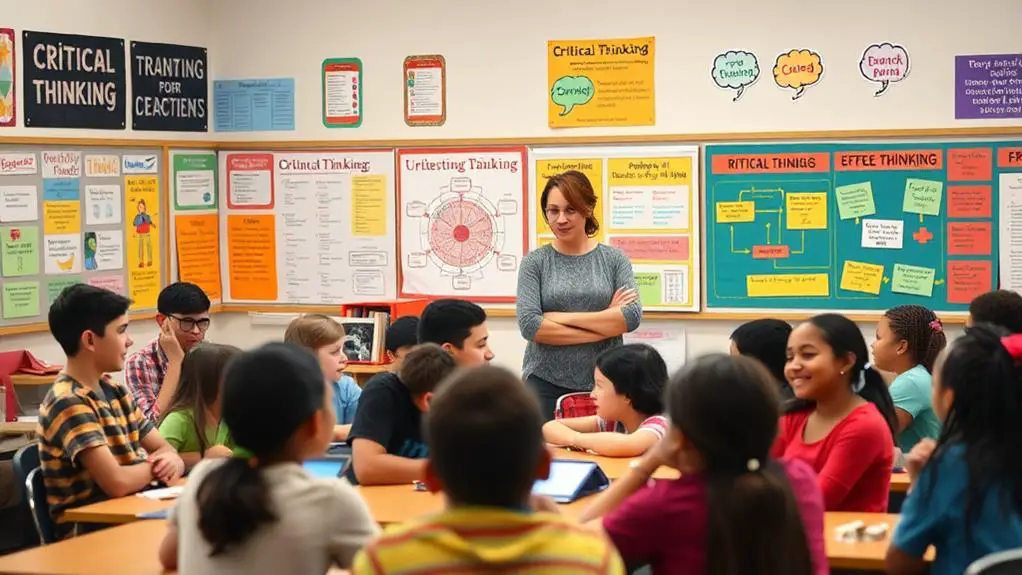



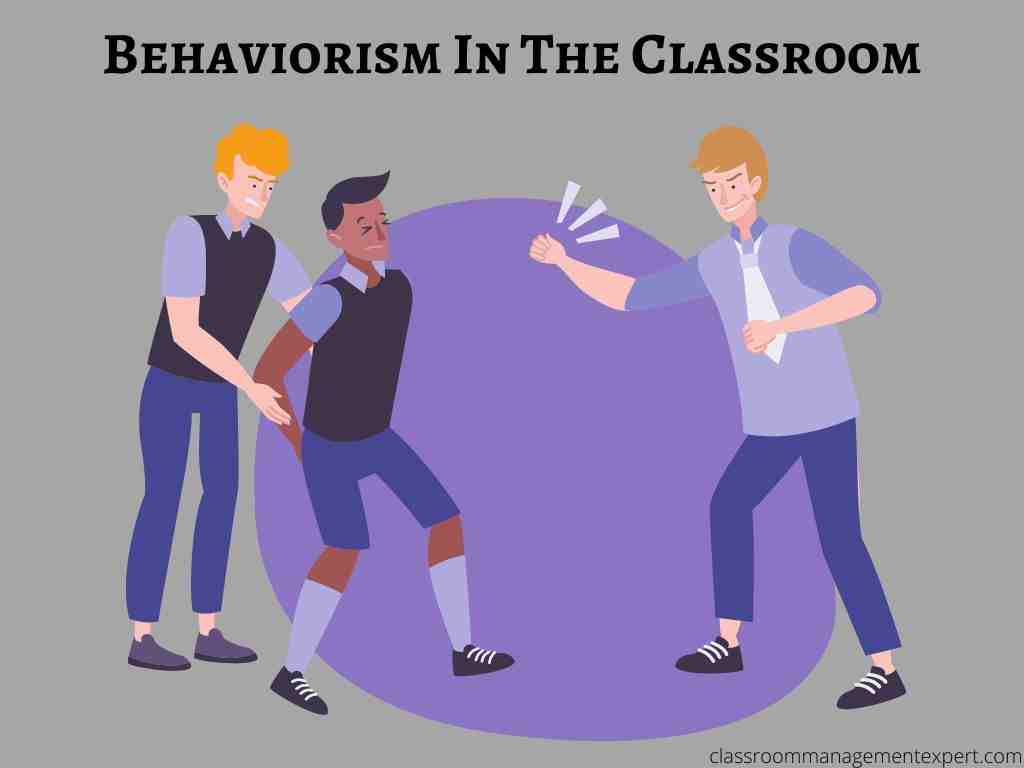




Leave a Reply